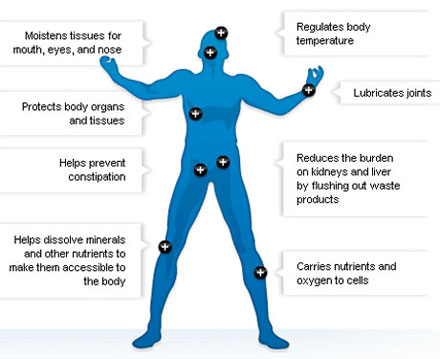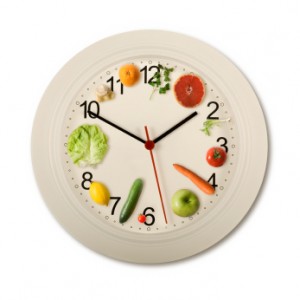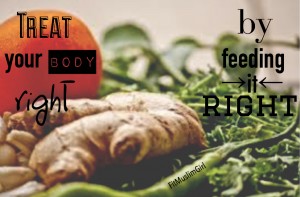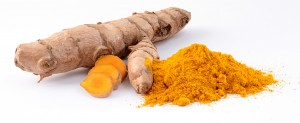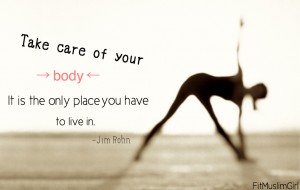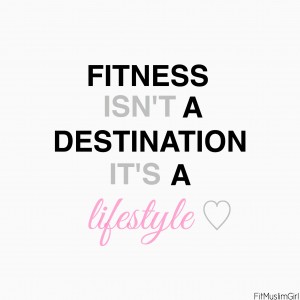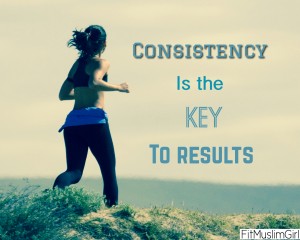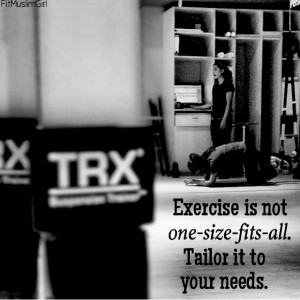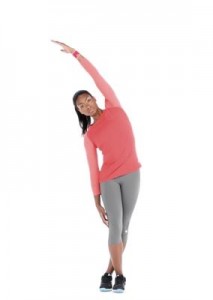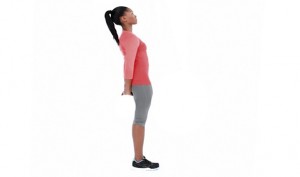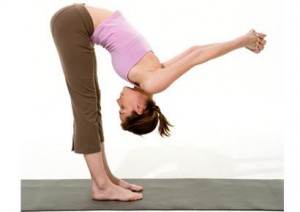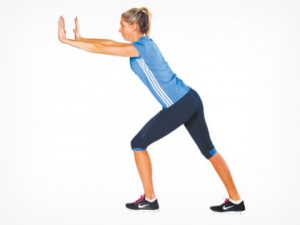It’s that time again; time to get ready for the New Year. Out with the old and in with the new. It’s really a refreshing feeling to be able to reflect on the previous year and look ahead to something new and exciting and different. Write out goals, create a plan, take advantage of a fresh start, begin your journey and start the things you haven’t gotten around to.
The New Year is not about becoming a new you, rather it’s about becoming a better, healthier version of you. We often get confused by the word health and think it means weight loss or exercise. In reality, health encompasses all aspects of human nature from physical and mental health, to spirituality, to human relationships, even to hygiene. An important New Year’s resolution is to cultivate a well-rounded health plan to help you look and feel your best. Here are 11 ways you can maintain complete health and well-being all year round.
Eat right
Commit to healthy eating. Choose real foods over packaged foods, cook with fresh herbs and spices rather than overloading dishes with salt, cut back on sugar, drink more water and shop at your local farmers market whenever you can. Want help getting started? Download my Free E-Book here which includes everything you want to know about healthy eating along with a Free Meal Plan!
Exercise
That’s right it’s time to get moving. If you’re already into working out, set some goals that will keep you motivated and challenged throughout the year. If you’re new to the game, commit to at least three times per week of any type of workout you enjoy. The fun part is exploring. Try a yoga class, hit the weights, take a fun group fitness class, get together with some friends for a hike and a picnic. Make it enjoyable and you will be more likely to stick to it year round.
Sleep well
A good night’s sleep is essential to your health. Sleep is your body’s time to recharge and to build the immune system back to where it should be. Sleep helps ward off fatigue, depression, anxiety and laziness. Turn off your phone, drink a hot cup of sleepy time tea, and devote 8 solid hours of your night to sleep.
Floss daily
Flossing once a day is extremely important in terms of dental hygiene. Not only does it help with fresh breath, but it removes plaque from the areas between your teeth that your toothbrush doesn’t get. This helps to prevent cavities and gum disease. It doesn’t matter when you floss, as long as you do it daily and do a thorough job you are on your way to having healthy teeth.
Skin care
Developing a regular skin care routine will help you to look and feel beautiful and clean. You can even develop a regimen based on your personal skin care needs. Everyone should wash their face twice per day (morning and evening) and should use a minimum of a face wash and moisturizer. Adding serum and toner to your skin care routine will provide added benefits. For oily skin use gentle cleansers as harsh ones that dry out the face can trigger the production of more oil. For dry skin use gentle, fragrance-free washes and use warm rather than hot water. Anti-aging products are great to slow down the appearance of those unwanted lines.
Stay hydrated
Water is not just important during the hot summer weather. It’s imperative to stay hydrated all year round. Water acts as a lubricant in the body and helps ease the process of digestion. It also regulates body temperature, removes harmful toxins from the body and transports oxygen and other valuable nutrients throughout the body. Everybody is different and may need different amounts of water, but in general it is recommended to drink about 2 liters of water per day (this is equal to ½ gallon or eight 8-oz glasses).
Care for your hair
Hair care is crucial not just for keeping it looking nice but to avoid damage to hair that may result in hair loss. So how do you take proper care of your locks? It is recommended to trim dead ends every 6-8 weeks to prevent the look of unhealthy and frizzy hair. Use a shampoo that is designed for your hair type. Brush your hair daily but do it gently by starting with a wide-tooth comb and never brushing while it’s wet. Avoid using a hair dryer, curler or flat iron as much as possible. A healthy diet will also promote healthy hair.
Grow spiritually
Don’t just use Ramadan as the one time of the year where you work on your relationship with Allah (swt). As Muslims we should be in a constant state of becoming better, seeking more knowledge, and getting closer to Allah (swt). Set some goals that you can perform all year round, such as reading Qur’an every day, not missing prayers, making dhikr, and memorizing some Qur’an.
Fix relationships
Relationships and human interaction are an important part of our health. Use this year to work on those relationships. Fix broken friendships. Apologize to those who you lost touch with. Visit your relatives, especially those that are old or sick. Develop strong trust and communication within your relationships. Foster new friendships by introducing yourself to new people when you’re out or at social events. Good, healthy relationships play a key role in mental health as well as influencing our actions. Surround yourself with those who you can learn form but who also share some common values and interests.
Perform good deeds
There is a reason why zakat is among the five pillars of Islam. Charity and good deeds have been linked to health, happiness and longevity. Not only do good deeds help you grow religiously, but they are beneficial to your health, subhanallah! While zakat refers specifically to payment to the needy, Islam stresses the importance of all types of righteous acts. Performing good deeds all year round is very easy. Visit the sick, volunteer at a local children’s hospital, set up a fundraiser, donate to your favorite charity, adopt a cat that has no home. Let your year be filled with kindness and good acts.
Keep your mental health in check
This is the aspect of health that is often left to the side. With our busy schedules, stressful jobs and heavy responsibilities we forget to tend to our emotional well-being. This coming year, pay attention to how you are feeling. Take some time each day to do something for yourself. Whether it’s lying down for 15 minutes in silence, reading a book with a cozy pair of socks and a hot chocolate, spend some time caring for yourself. Use some relaxation tactics when things are getting stressful, talk to someone you trust when you’re having a tough time. Pay as much attention to your mental state as you do your body.
May we all constantly work to become better in each aspect of our lives. May the New Year bring on an abundance of health, happiness and laughter…and many more years to come. Ameen.




